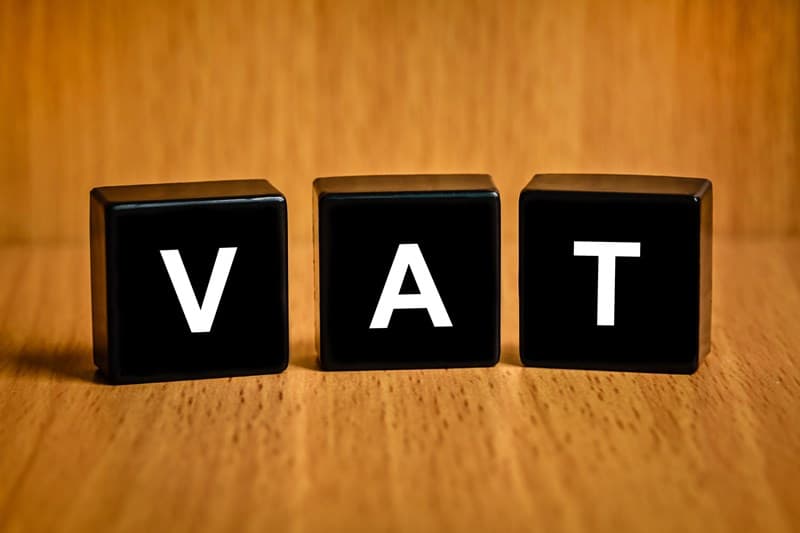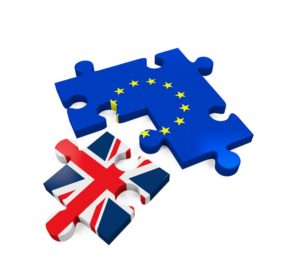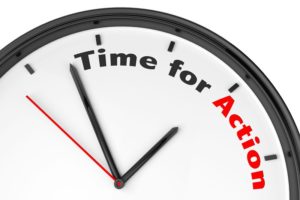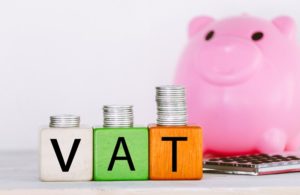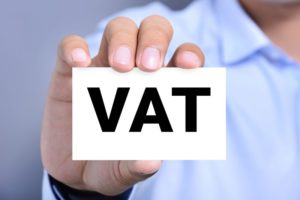The VAT Flat Rate Scheme (FRS) has been designed to simplify a way a business accounts for VAT, and in so doing reduce the administration costs of complying with the VAT legislation. The scheme is open to businesses that expect their annual taxable turnover in the next 12 months to be no more than £150,000.
In April 2017, HMRC introduced a ‘limited cost trader’ test that can increase the VAT flat rate percentage used by VAT registered businesses that use the Flat Rate scheme. It appeared that HMRC considered the benefits obtained by certain businesses to be excessive. Businesses that meet the definition of a ‘limited cost trader’ are required to use a fixed rate of 16.5%. The highest ‘regular’ rate is 14.5%.
A limited cost trader is defined as one whose VAT inclusive expenditure on goods is either:
- less than 2% of their VAT inclusive turnover in a prescribed accounting period;
- greater than 2% of their VAT inclusive turnover but less than £1,000 per annum if the prescribed accounting period is one year (if it is not one year, the figure is the relevant proportion of £1,000).
For some businesses – for example, those who purchase no goods, or who make significant purchases of goods – the outcome of the test will be self-evident. Other businesses need to complete a simple test, using information they already hold, to work out whether they should use the 16.5% rate. Businesses using the scheme, will be expected to ensure that for each accounting period, they use the appropriate flat rate percentage. Any businesses adversely affected by the introduction of the limited cost trader test should consider whether it is more beneficial to leave the FRS.
